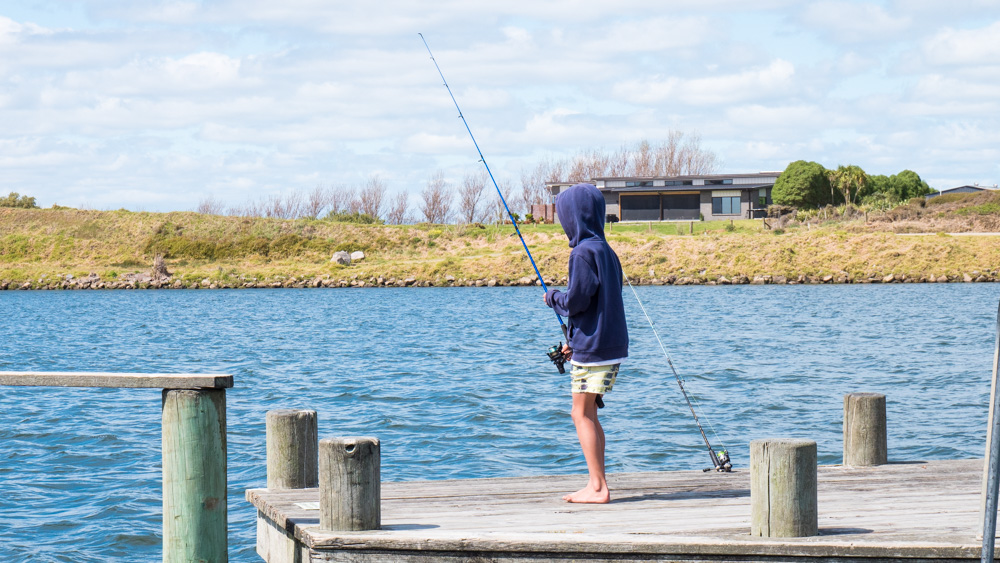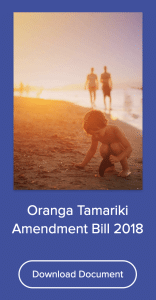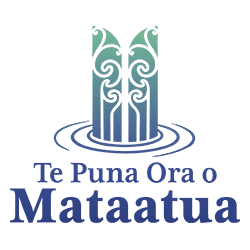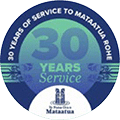When are we going to stop talking about it and give Māori the control to do what we need to do to ensure our babies are safe, especially in state care?
Maori need to be transferred the statutory control of the roles and responsibilities currently under Oranga Tamariki. Period. Make this decision first. Create a new conversation from this starting point. Otherwise, it’s just more of the same.
Māori are more than capable of fulfilling our potential as whānau and caring for our taonga. Now more than ever. Tiriti o Waitangi Settlements and Whānau Ora, in particular, have provided a platform that enables iwi Māori to be in the best position to support transformational change for our whānau.
Instead, we’ve spent more than 30 years as a country talking about what is best for tamariki Māori in state care and not really making any changes. To start, we began talking about meeting Māori needs in the policy, planning and service delivery in the Department of Social Welfare and the successive organisations that sprung from it.
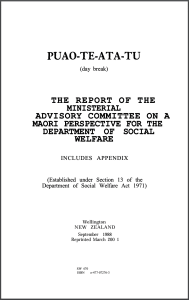
The conversation began in 1988 when the Ministerial Advisory Committee on a Māori perspective for the Department of Social Welfare delivered the Puao-Te-Ata-Tu report. The report found, among other things, institutional racism within the Department of Social Welfare.
It made seven recommendations, all based around ensuring the whakapapa of tamariki Māori is valued. Firstly, it recognised the importance of tamariki Māori remaining connected to their people and whenua through the traditional groupings of whānau, hapū and iwi. As a result, the report recommended, the role of the whānau, hapū and iwi to care for their taonga should be encouraged, recognised and valued.
Finally, it advocated for authority to be given for the diversion of negative forms of expenditure towards programmes for positive Māori development though tribal authorities; these programmes were to be aimed at improving Māori community service to the care of children and the relief of parents under stress.
A year later, the Children, Young Persons, and their Families 1989 act was passed into legislation. However, while that 1989 act remains good law with respect to tamariki Māori, it has been hampered by poor practice on the part of Child, Youth and Family, as well as the most recent variation of Oranga Tamariki.
Over the years, the legislation has been tweaked by Government workers and we’ve had to make submissions, lobby and basically advocate for what was already recommended in that Puao-Te-Ata-Tu report. We have had to fight hard to justify the Whānau-Ora approach, even though at places like Te Puna Ora o Mataatua we are showing that this is the only way forward for those Māori whānau who need extra support to thrive.
In 2017, Te Puna Ora o Mataatua made a submission on the Children, Young Persons, and their families (Oranga Tamariki) bill. In it, we said the bill was unnecessary to affect the change that our tamariki and whānau need and it was a step backwards.
The primary concern with the bill was that it reflected a finding from an expert panel report, which was written in 2015, which focussed on the need to place the child in a “safe, stable and loving home” at the centre. The panel had also emphasized the importance of identity, belonging and connection. However, the bill gave primacy to a safe, stable and loving home, rather than treating it as a package with sense of identity, belonging and connection.
Te Puna Ora o Mataatua agrees that the safety of our tamariki is paramount. Yes, a badly functioning whānau can be dangerous. However, the wider whānau, hapū and iwi should be looked to provide an alternative home for a tamaiti in need. And the struggling whānau must be provided with the support to make the changes required to make the changes required to be able to focus on their tamariki.
Now, the issue of tamariki Māori within state care has been brought to the forefront again because we have failed to make the necessary changes to the system. Instead we have had to watch the heart-breaking videos of newborn babies being ripped from their Māori mother’s arms in the confronting documentary from journalist Melanie Reid. We’ve had news story after news story that highlight the inadequacies within Oranga Tamaraiki and even the organisations boss, Grainne Moss, has had to admit that there is institutional racism within her department when she gave evidence in the Waitangi Tribunal hearing.
But surely, enough is enough – our babies deserve more than this. Let’s stop talking about this issue and do something to fix it. Already Māori organisations have shown that we are capable of this.
Since the implementation of the Government’s Whānau Ora policy in 2010, Māori organisations like Te Puna Ora o Mataatua have applied the integrated approach to wrap services around hundreds of whānau within the Mataatua rohe to support them to be healthy, resilient, thriving units. We have stepped up and shown how this approach can help our whānau, hapū and iwi as well as our tamariki. And, we have helped our whānau, hapū and iwi with the tools they need to ensure our tamariki are healthy, resilient and happy.
The Whānau Ora policy was launched in response to the recognition by Government that standard ways of delivering social and health services was not working particularly for Māori whānau. It is an innovative whānau-centred approach to supporting whānau well-being and development.
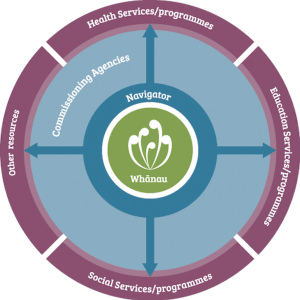
Whanau Ora is about increasing the well-being of individuals in the context of their whānau and it differs from traditional social health approaches within Aotearoa that focus solely on the needs of individuals. It recognises the strengths and abilities that exist within whānau and aims to support and develop opportunities. The whānau-centred approach starts by asking whānau what they want to achieve for themselves and then responds to those aspirations in order to realise the family’s potential.
The benefits of this approach are:
- Providing flexible support for whānau to move beyond crisis into identifying and achieving medium and long-term goals for sustained change
- Focussing on relationships, self-determination and capability building for whānau to achieve positive long-term outcomes
- Using a joined-up approach that focuses on all factors relevant to whānau wellness, including economic, cultural, environmental and social factors
- Recognising each whānau has a different set of circumstances, and what works well for one whānau does not necessarily for another
- Recognising whānau have skills, knowledge and experiences that contribute to their own resilience, and can provide a platform for whānau to become more self-managing and independent.
Under this approach, the whānau is not just the nuclear family. It is wider, it is the whānau whanui, hapū and iwi. So, if you are serious about implementing the findings from the Puao-Te-Ata-Tu report then this is the only way forward.

Therefore, if you truly want tamariki Māori to be healthy, happy and thriving then let’s just stop talking about giving Māori the control and do it.
That way we can apply the Whānau Ora approach, which suits our people and was designed for them, to support our whānau to claim their tino rangatiratanga so that they can thrive and provide a safe, stable and loving home for their children.
Give us the statutory power and we will do what is required for our people.

